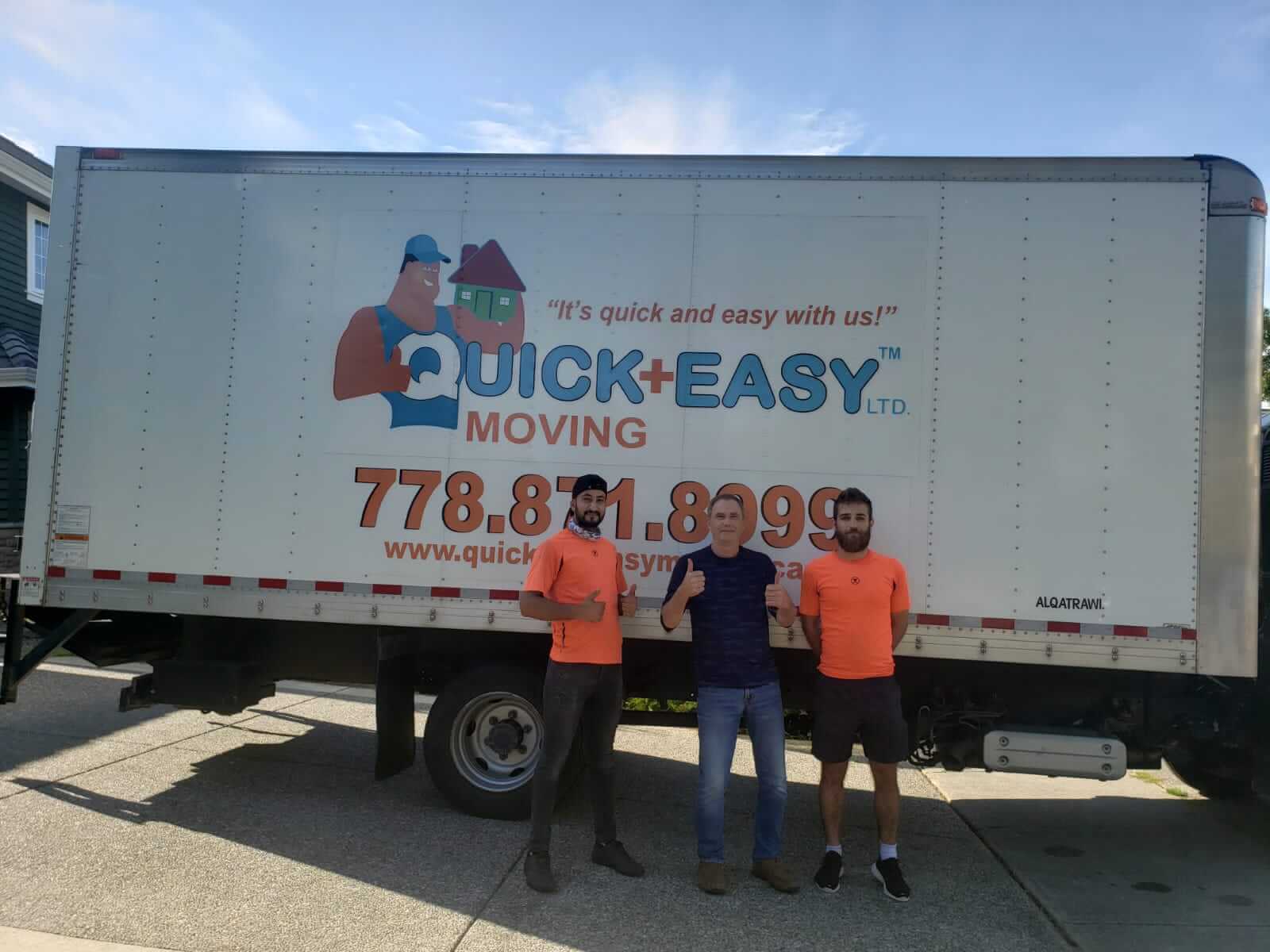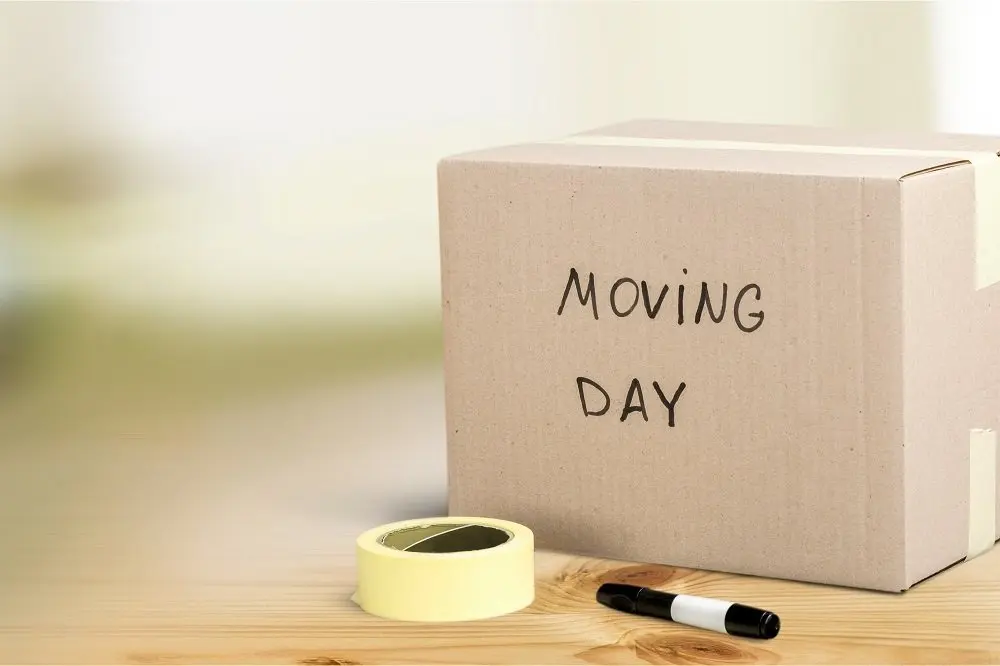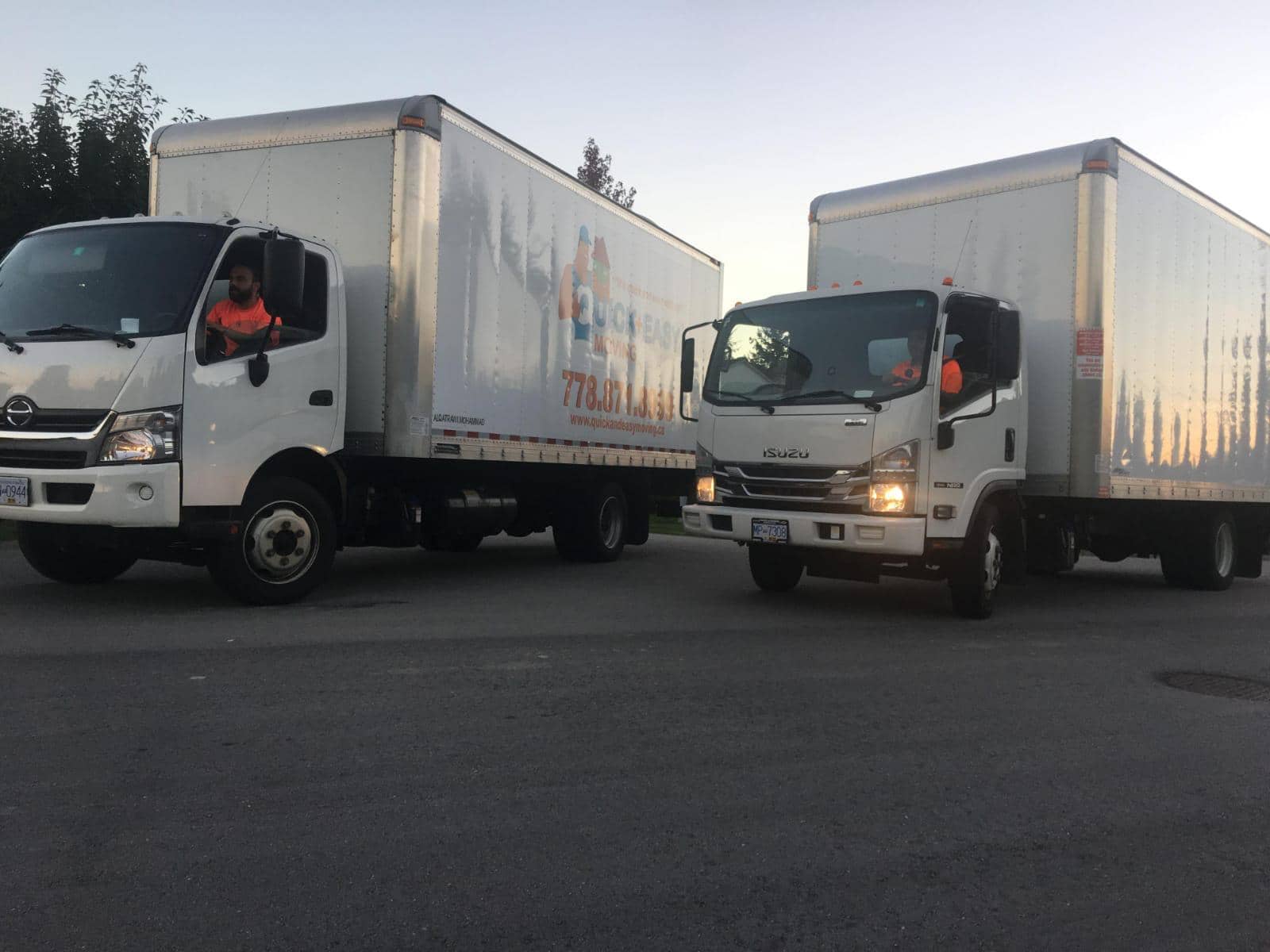Moving a commercial business from one location to another can be exciting but can come with risks and challenges. Insurance and safety concerns are among the most important factors to consider during a commercial move. Transportation law require a moving company to be insured as protection for customers. Proper coverage and precautions can help protect your business, employees, and assets throughout moving.
It may be necessary to have higher insurance costs because of several items. The insurance protection may not cover the replacement value of expensive items and some other items of value. In some instances, the company's secure information may come under attack and destroy the company's reputation. The coverage and protection can be for both real value, perceived value and company reputation. Anything can happen during a move, and it is best to be prepared.
This blog post explores critical insurance and safety concerns businesses should consider in preparing for commercial moves.
Type of Insurance Needed for Commercial Moves
Commercial moves involve various risks and potential liabilities and these can be covered by moving companies insurance. It is the responsibility of the business owner to ensure that moving a company's operations is not affected.
Consult with an insurance professional or broker to assess your specific mover's insurance needs, value and cost of coverage, based on the nature of your business, the scope of the move, and applicable local regulations. They can guide you in selecting the right coverage and policy limits to protect your business during the commercial move.
To adequately protect your business during a commercial activity, it is vital to have the following types of insurance coverage:
Mover's Cargo Insurance
This type of insurance covers the furniture, equipment, and other belongings transported during the move. It protects against damage, loss, or theft while in transit. Additionally, it is only in effect during the move.
Commercial General Liability Insurance
General liability insurance is essential for any enterprise, including during a move. It covers bodily injury, other damages, and personal injury claims arising from your operations, products, advertising, or completed work.
Commercial Auto Liability Insurance
Commercial auto liability insurance is crucial if you have company-owned truck or moving vehicle, or if staff use their truck for the move. It covers bodily injury and property damage caused by moving vehicles, moving van truck or an other vehicle used during moving business activities.
Workers' Compensation Insurance
Movers may be at risk of injuries during a commercial move. Workers' compensation insurance is legally required in most jurisdictions and provides coverage for medical expenses and lost wages in case of work-related injuries or illnesses. It protects the movers and personnel who are there to assist.
Professional Liability Insurance
If your business offers professional services related to the move, such as consulting or project management, professional liability insurance (also known as errors and omissions insurance) is necessary. It protects against claims of negligence, errors, or omissions arising from your professional advice. The owner should also look into mover's liability insurance.
Business Interruption Insurance
Moving can disrupt business operations, leading to potential income loss. Business interruption insurance covers lost income and ongoing expenses during the transition period.
Property Insurance
Ensure your existing property insurance policy covers your belongings during the move, or consider obtaining additional insurance. The right insurance protects your company assets, including office equipment, inventory, and furniture, against risks such as fire, theft, and damage, allowing you to purchase replacement equipment when needed.
Cyber Liability Insurance
In today's digital age, enterprises are vulnerable to cyber threats and data breaches. If your company stores sensitive customer data, consider obtaining cyber liability insurance to protect against potential cyberattacks during the move. The resulting costs of a cyberattack are immeasurable. The company is responsible that important information is well kept even during the move.
Umbrella Insurance
Umbrella insurance provides an extra layer of liability protection beyond the coverage limits of your primary insurance policies. It can help safeguard your company against substantial claims or lawsuits arising from unexpected events during the move.
Safety Tips for Commercial Moves
When planning a commercial move, prioritizing safety is crucial to protect the movers and properties and ensure a smooth transition. Here are some safety tips to keep in mind during a commercial move:
Create a Safety Plan
Develop a comprehensive safety plan for the move. Identify potential hazards, establish safety protocols, and communicate them to all staff.
Conduct a Risk Assessment
Evaluate the current and new office spaces for potential safety risks. Look for structural weaknesses, electrical hazards, or other potential dangers to life and property. Address and resolve these issues before the move.
Engage a Professional Moving company
Hire reputable and experienced professional movers and moving companies who prioritize safety. Ensure they have proper training, equipment, and insurance coverage.
Provide Adequate Training
Train your movers on proper lifting techniques and safe handling practices. Ensure they correctly understand how to use equipment, such as dollies, carts, and lifting straps.
Use Personal Protective Equipment (PPE)
Provide appropriate personal protective equipment, such as gloves, safety glasses, and hard hats, to movers involved in the moving process. Encourage their use to prevent injuries.
Secure Fragile Items and items of extraordinary value
Identity and properly secure fragile items to prevent damage during the move. When packing these items, use appropriate packaging materials and label fragile boxes accordingly.
Communicate Handling Instructions
Communicate any special instructions for delicate or heavy items to the moving company. Ensure they understand the specific requirements to avoid accidents or damage. Handling instructions should be clear. This can also be included in the contract.
Maintain Clear Pathways
Keep walkways and hallways clear of obstacles during the move. Remove tripping hazards and ensure that fire exits and emergency routes remain unobstructed. A responsible business owner keeps a corridor for foot traffic.
Lift with Proper Technique
Emphasize the importance of proper lifting techniques to avoid strains and injuries. Encourage movers to bend their knees, use their leg muscles, and lift with their legs rather than their backs. Workplace safety is vital in keeping the move safe.
Use Equipment Safely
Hiring movers ensures that the necessary equipment are available. If using equipment such as forklifts or pallet jacks, ensure that only trained and authorized personnel operate them. Follow all safety guidelines and conduct regular equipment inspections.
Label and Organize
During packing, label boxes and equipment with their contents and destination to facilitate a smooth and organized move. This helps prevent confusion and reduces the risk of damage during delivery.
Monitor Weather Conditions
Stay aware of weather conditions during the move, especially if transporting items outdoors. Take necessary precautions to protect items from rain, extreme temperatures, or humidity.
Update Emergency Contacts
When moving to a new home, ensure that emergency contact information is current and readily available to all personnel involved in the move. Communicate emergency protocols and procedures beforehand.
Take Breaks and Stay Hydrated during the moving process and delivery
Moving can be physically demanding. Encourage staff to take regular breaks, stretch, and stay hydrated to prevent exhaustion and dehydration.
Seek Professional Assistance and Advise from a Reputable moving company
If the move involves complex or specialized equipment, consider consulting professionals or a moving company to handle their disassembly, transport, and reassembly. This ensures the safety of people, trucks, moving van and other equipment.
Conclusion
Following these safety tips can minimize the risk of accidents, injuries, and other damages during a commercial move. Prioritizing safety protects your personnel and assets and contributes to a smoother and more successful transition for your business.
Like moving to a new home, a successful commercial move requires careful planning, preparation, and attention to detail. Insurance and safety are two important factors that must be considered to protect your business, employees, and belongings throughout the process. Adequate insurance coverage is essential to safeguard against potential risks during a move. Safety protocols should also be established and strictly followed to prevent accidents or injuries.
At Quick & Easy Moving, we understand the importance of insurance and safety during commercial moves. We always strive to meet or exceed all industry standards and regulations to ensure a safe and successful move for our clients. Contact us today to learn more about our services and how we can help make your commercial move stress-free.
Moving Tips and Tricks

How do I Choose a Moving Company?
Choosing a moving company can be tricky and sometimes overwhelming with so many options to choose from. That’s why Quick and Easy Moving have created our top 5 tips on how to choose a moving company for your upcoming move. Just follow this simple how-to guide... 1. Ask friends and family Referrals are always one of the most effective ways to choose any product or service. Hearing feedback or seeing...
Read More

























